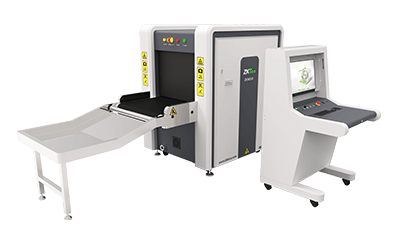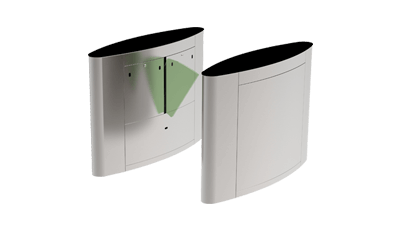-
Smart Identity
- Smart Entrance Control
- Smart Office
- Green Label
-
Solution
Classified by Industry
- ZKBioSecurity Manufacturing Security System
- Visitor Management
- Touchless Biometric Solution with Mask & Body Temperature Detection
- Door Management
- Parking Management
- Hotel Management
Classified by Application- Mobile Access Control Solution
- Access Control Terminal People Counting Solution Powered by ZKBioSecurity-MTD
- One Smart Card Solution
- Mobile Attendance Solution
- High Availability And Security Solution
- Web-Based Multi-Location Centralized Time Management Solution
-
Support
Training CenterDownload CenterAfter-sales ServiceDistributor ServiceService&Bulletins
- How to Buy
Authorized Online Store - How to Buy
SIFY Technologies Acquires Multiple Security Systems from ZKTeco India
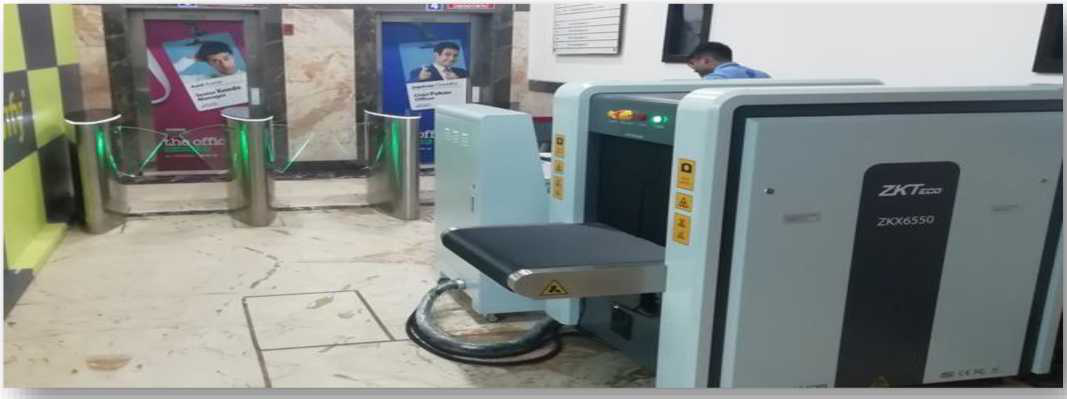
Project Description:
SIFY Technologies is one of the largest integrated ICT Solutions and Services companies in India, offering end-to- end solutions with a comprehensive range of products, delivered over a common telecom data network infrastructure reaching more than 1600 cities and towns in India. This telecom network today connects 45 Data Centers across India, including Sify's 6 concurrently maintainable Data Centers across the cities of Chennai, Mumbai, Delhi, and Bengaluru. SIFY has also been expanded to the United States, with headquarters in the heart of California's Silicon Valley. Over 10000 businesses have become Sify customers. The enterprise has also been partnered with other major network operators to deliver global network solutions.
Project Site: Navi Mumbai, Maharashtra, India
End User: SIFY Technologies
Client Requirements
Project Requirements
SIFY Technologies is located in Reliable Tech Park which is a well-recognized IT park in Maharashtra. Being in an IT park, SIFY had hundreds of visitors on a daily basis. In addition, SIFY would receive serval parcel, couriers, etc on a regular basis. Hence, SIFY officials along with the tech park administration had decided to enforce their security measures since IT parks are prone to terrorist attacks and geopolitical risks. SIFY officials had the following requirements when they approached ZKTeco, a security inspection system to scan visitor as well as employee belongings before entering into the office along with an entrance control system to monitor their checkin/ check out activities. Furthermore, Reliable Tech Park administration required the security systems to match with the interior designs of the IT park.
Implementation Solution
Configurations:
|
System |
Device Name |
|
Baggage X-Ray Scanner & Flap Barrier |
ZKX6550 & FBL5000 |
Solution:
After a deep analysis of the project site, ZKTeco suggested FBL5000 based Flap Barriers for entrance control solution and ZKX6550 based Baggage X-Ray Scanner for security inspection. The security systems are installed at the main entrance of the company, so that visitors and employees need to pass through the security inspection system in order to enter inside. The user belongings are collected and placed in the security inspection device by the security operators and materials are scanned for potential threats which would get indicated in the monitor screen if any. After successful verification of the visitors or employee belongings, they are allowed further authentication. In the entrance control system, the visitors or employees required to display access cards over the RFID sensors incorporated in the flap barriers in order to enter inside, on the other hand people without the administration's prior notification will not be able to enter inside.
Results:
External inflation or unauthorised entry has been prevented.
Productivity of the security operators has been increased.
Security of the IT camoushas been enhanced.
Related Products
 Shopping Cart
Shopping Cart Project Consultation
Project Consultation Online Consultation
Online Consultation Back to Top
Back to Top


 Integration
Integration Smart Terminal
Smart Terminal Software
Software  Smart Terminal
Smart Terminal Software
Software Smart Terminal
Smart Terminal software
software Time Attendance
Time Attendance Access Control
Access Control
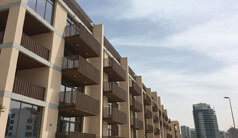


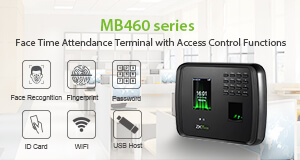
 Product Inquiry
Product Inquiry Project Consultation
Project Consultation Contact Us
Contact Us